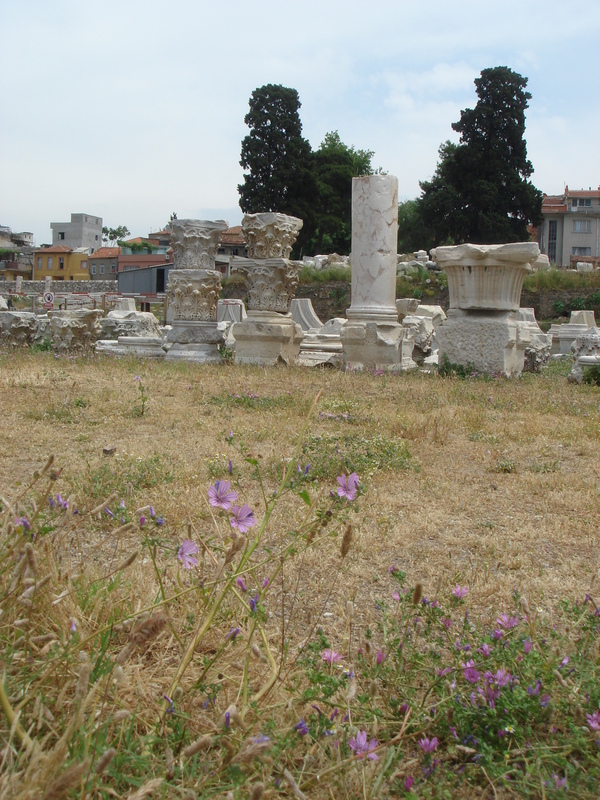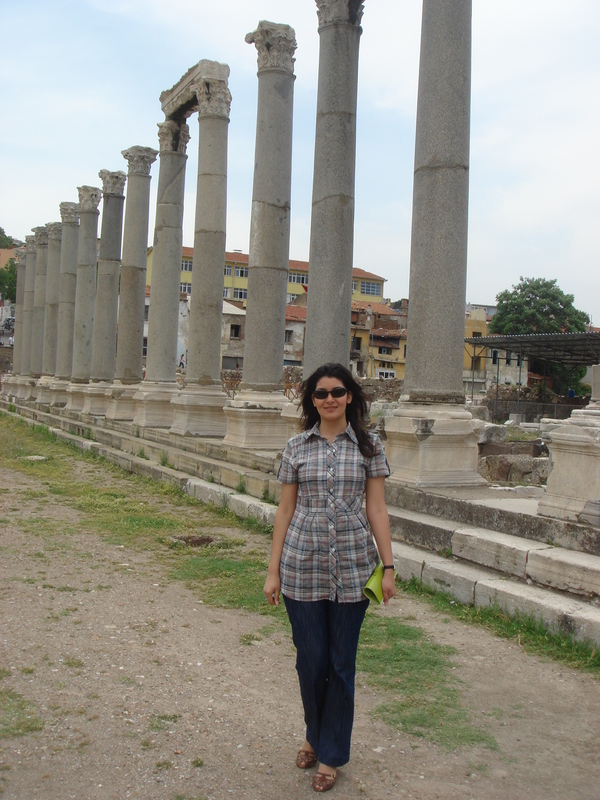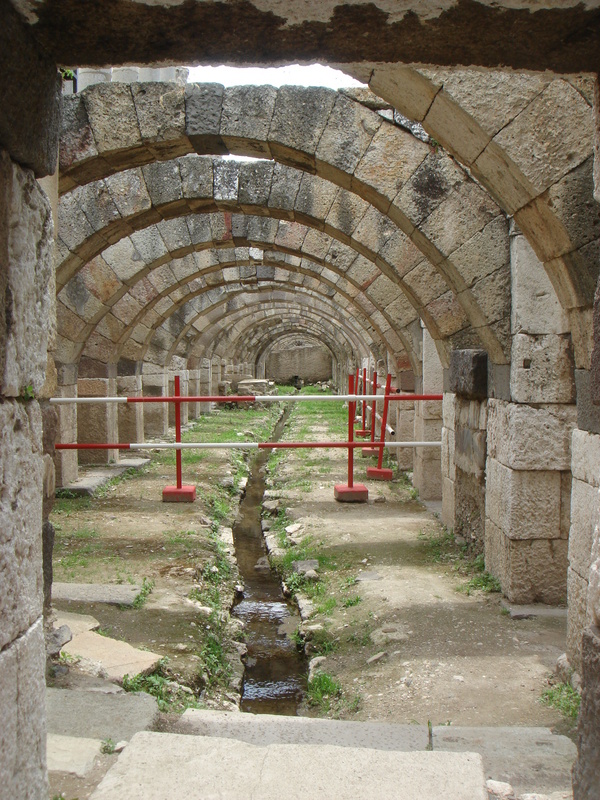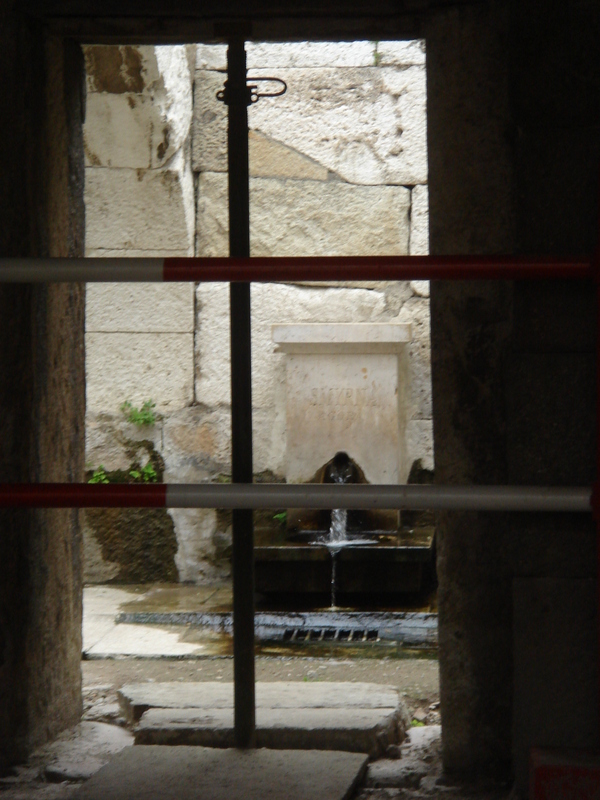
In the agora there would be the exchange of ideas, not just the exchange of goods. Consider the story of Paul dialoguing with the Stoics and Cynics in the agora in Athens. Here the politicians and rhetoricians and philosophers debated the issues of the day. People did not spend their days in their tiny homes or flats, they were public people and almost all life functions happened out of doors. Orators were often the entertainment for the day in an age before TV, movies and at a time when only the more well off could afford to go to the Odeon and see a Greek drama.
The hope is to bew able to uncover the public baths, the basilica of justice and other crucial buildings. Not far from here remains the house of a famous Jewish rabbi of a bygone age, reminding us that there was a considrable presence of Jews in all these major cities evangelized by a Paul or a John of Patmos. In Rev. 2 we hear that Christians in this city were materially poor, but spiritually rich, and that they had trouble with some non-Christian Jews. Here in Rev. 3.8-11 the ‘overcomers’ are those who are prepared to remain faithful to Christ despite persecution, suffering, prosecution, or even execution. What the Roman statue of victory (Nike) symbolized, namely conquering by force, and what John meant by victory (martyrdom) were polar opposites. ‘Those who are victorious will not be subject to the second death’ is the promise. He is referring to the faithful martyrs. Scholars think that the Greek word martus which has as its basic meaning ‘witness’ takes on its later sense of martyr (a witness faithful unto death) beginning in a text like this.
In our age we hear false Gospels that suggest that Christians need not suffer,indeed can expect to be always healthy and rich, if they only have enough faith. John of Patmos says quite the opposite. One of his major messages was to reiterate what Jesus said ‘if anyone would come after me, let them take up their cross and follow me (to Golgotha)’. Let them be prepared to come and die. While the Romans said ‘to the victor goes the spoils of war’, the Christians said, ‘those who are prepared to emulate Jesus are the real victors, and their reward is everlasting life, a life that the second death cannot touch.’ Here we have value systems in conflict, dueling definitions of victory. Think on these things.




